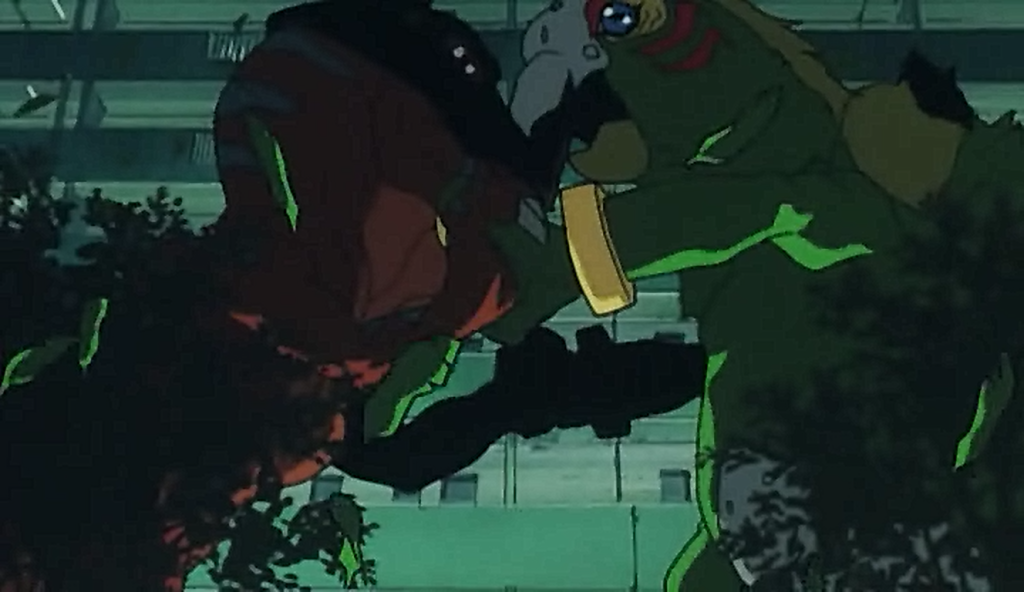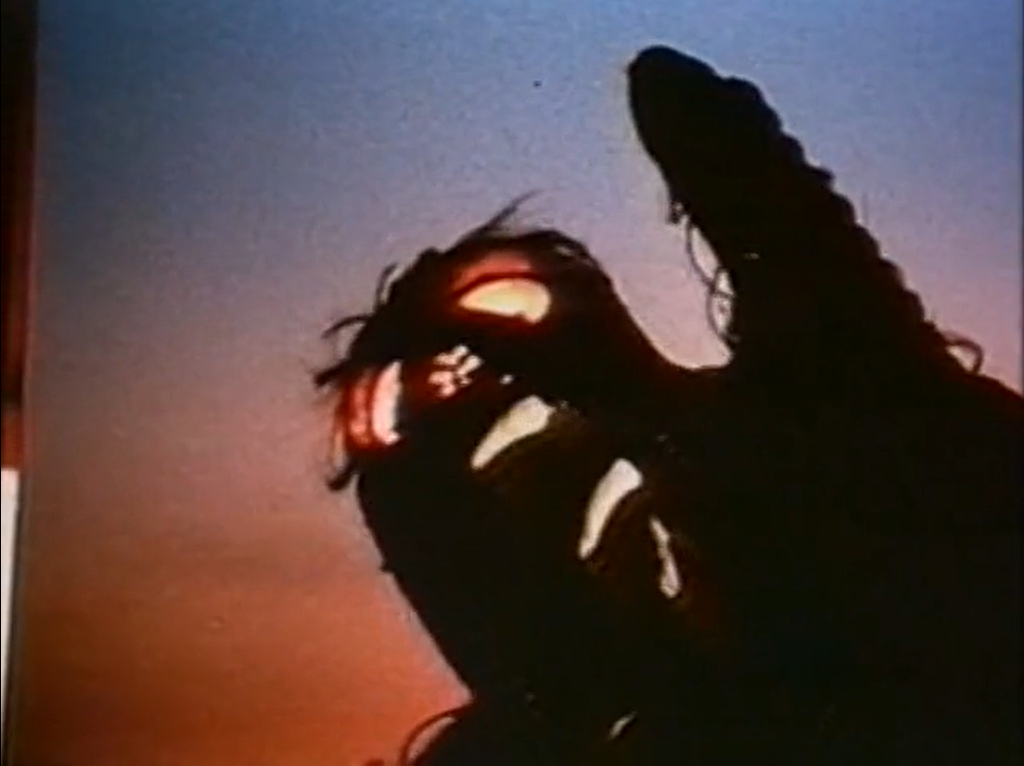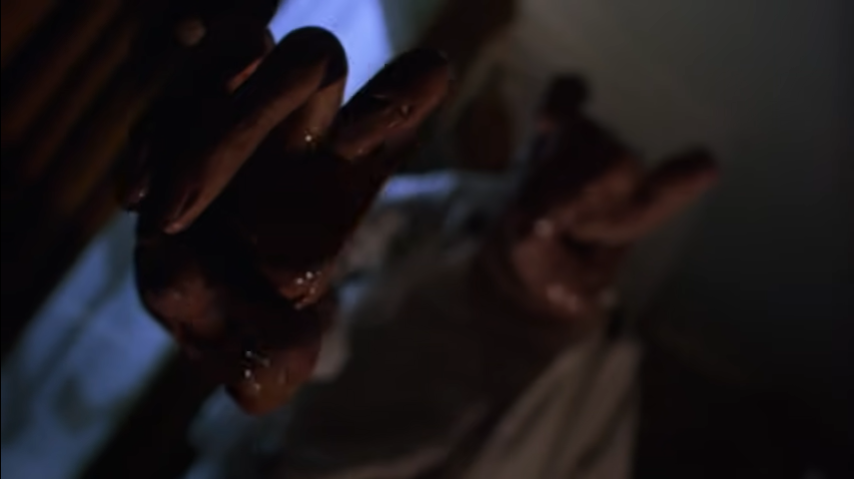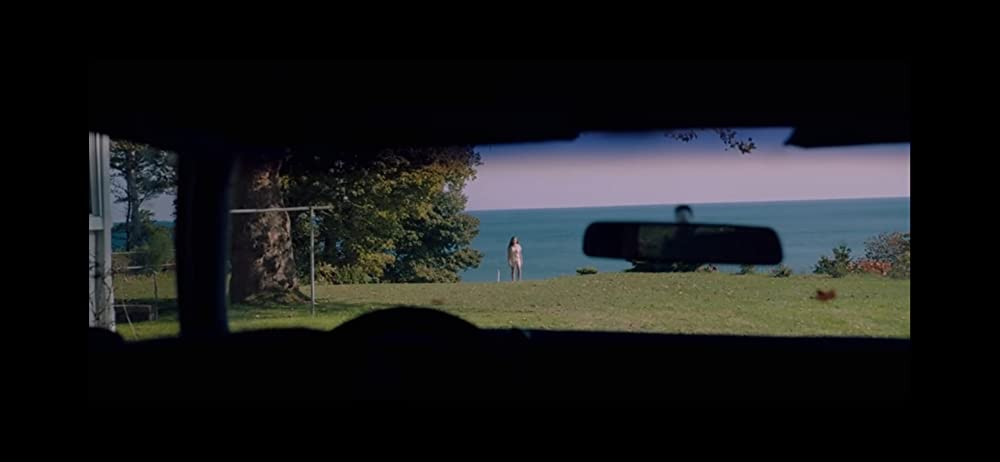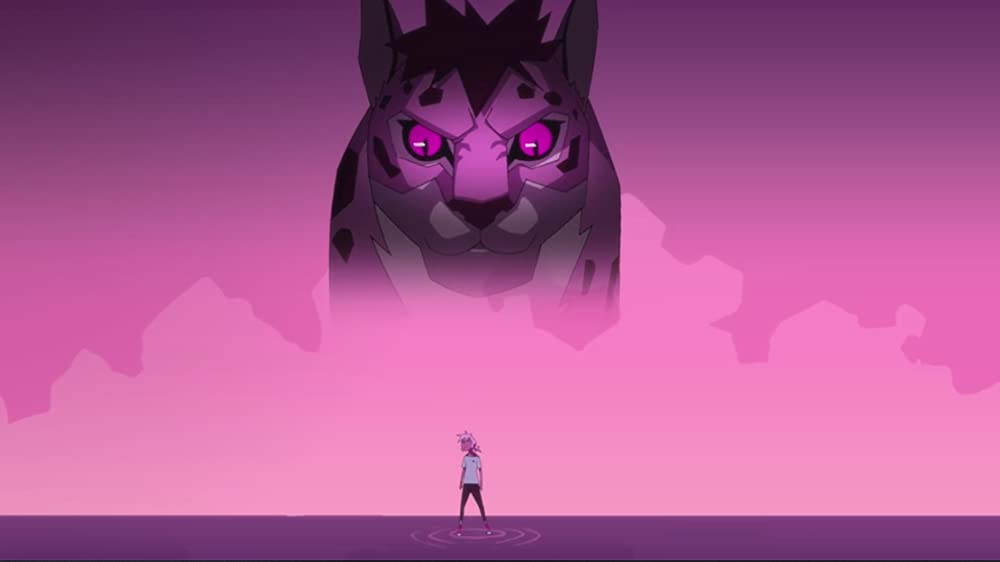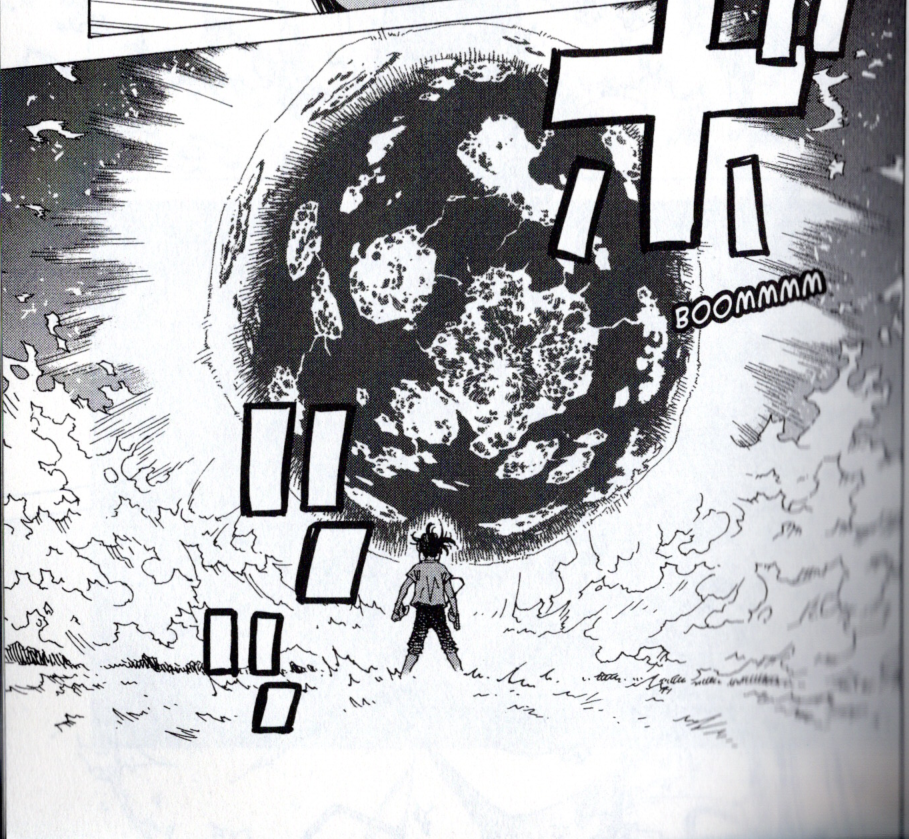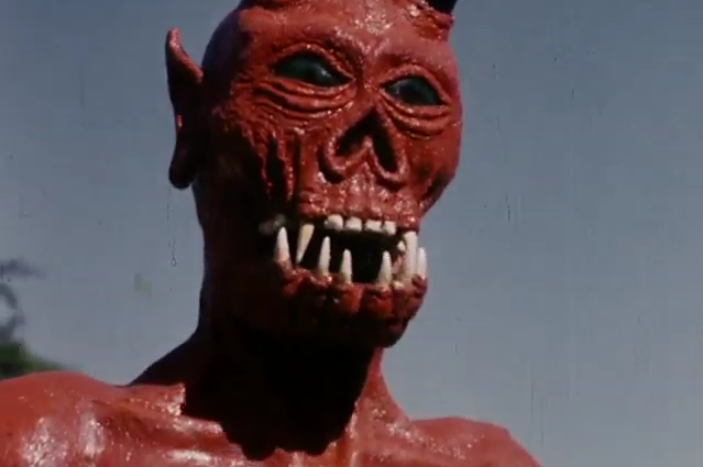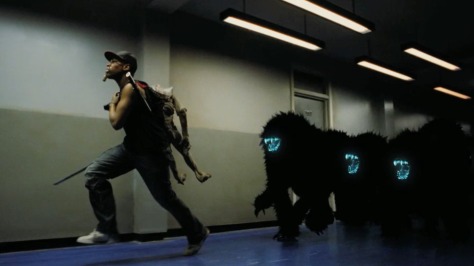
Attack the Block was another one of those destined-for-cult-status movies that was championed by the genre-focused movie websites I read back in the late aughts and early 2010s, and it’s not difficult to understand why. At its heart, this is a throwback movie to older creature features and to the youth-centric films of the 1980s, with a fannish tint to its writing that is reflected in the references in the dialogue and the love of Big, Cool Moments. Writer-director Joe Cornish already had a following from his radio and television comedy work, and was able to parlay his association with Edgar Wright’s comedy-pastiche crew (Wright is an Executive Producer on this with his frequent collaborators Nira Park as Producer and Nick Frost in the cast) to get his film off the ground, and to some extent the exuberant aficionado tone of Wright’s work is evident here even if it’s not as much of a direct homage as his films often are. While this movie didn’t necessarily make a huge splash back in 2011, its favour among an influential crowd almost certainly led its two leads, John Boyega and Jodie Whitaker, to be cast as the new faces of two different long-running franchises, something that both might feel a tinge of regret about.
So, yes, this is exactly the sort of thing that Sci-Fi and horror nerds flock toward, an attempt to capture a bit of nostalgic spirit in its kids-vs-monsters set-up, but it’s also an intelligent and novel twist on that idea that goes places those older movies did not. The straightforward kind of monster action utilized by Cornish becomes a frame in which to place a cast of well-defined, lower class youths, the kind whose lives are not simply left out of fantasy films, but are regularly dehumanized into faceless, hoodie-wearing creatures themselves by people far removed from their poverty-stricken living conditions. Like many of the best monster movies, this is one about taking something very specific and very real and letting the fictional aberrations draw out the reality of it.
Continue reading Attack the Block (2011)

